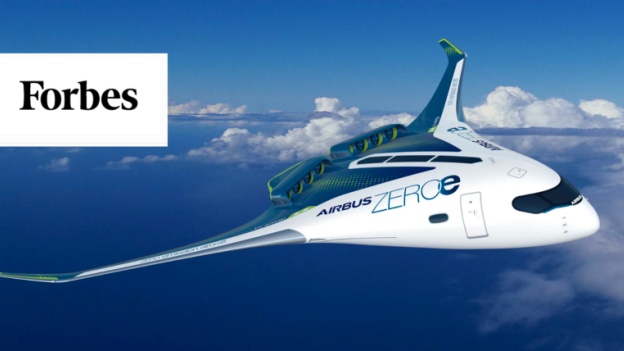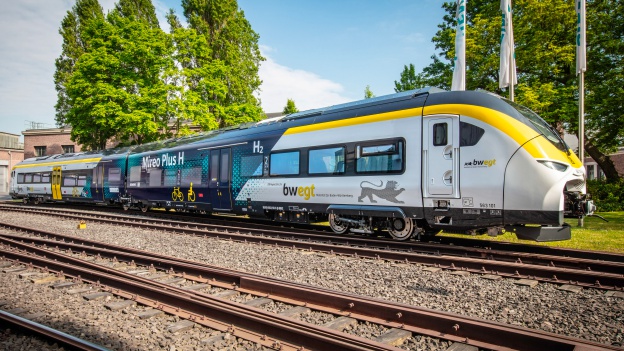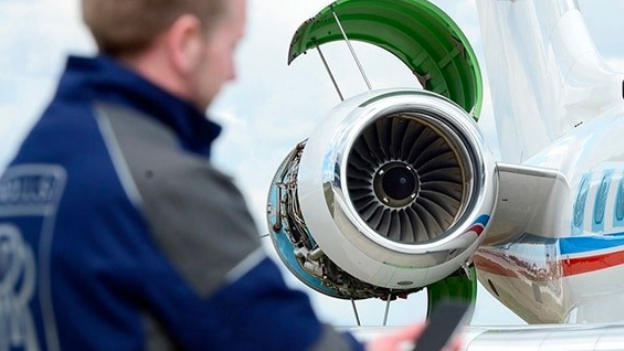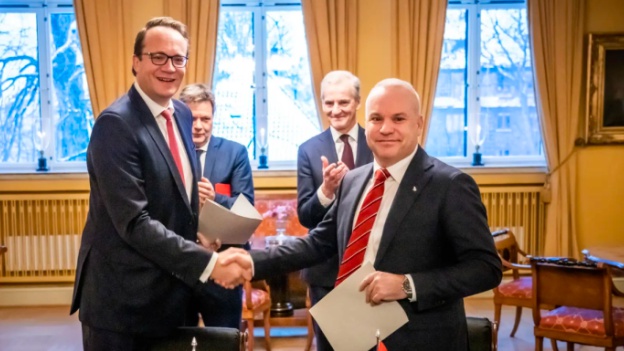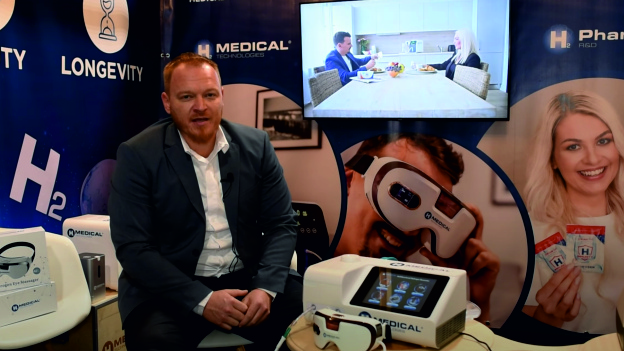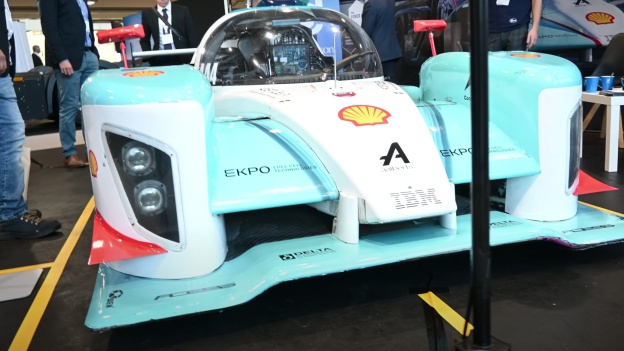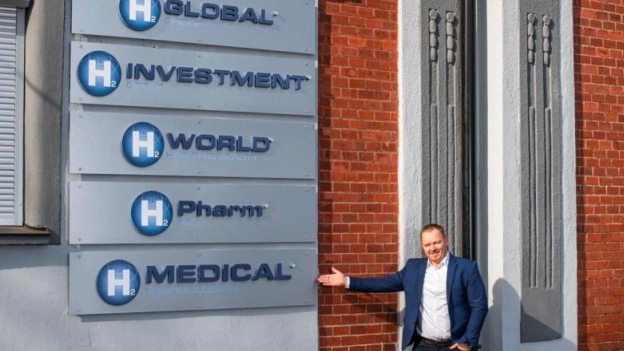The Czech Republic is still one of the least developed countries in Europe in the field of geothermal energy, although it has comparable potential. The SYNERGYS project in Litoměřice could change this for the better. The aim is to build a complex energy system with interconnected functional technologies for the supply of renewable heat and electricity for public buildings and the heat network.
A drilling rig arrived in Litoměřice with the aim of digging the first two wells. In the rear part of the former Jiřík barracks, the implementation of a geothermal project, which had been in the pipeline for many years, began.Over the years, its character has changed hand in hand with legislative changes, funding opportunities and the needs of the company.
The SYNERGYS geothermal project will require more than one billion crowns over the next five years. A trial operation is scheduled to take place in 2027.
Work on the excavation of the first two shallow wells (550 and 200 metres) started almost a year late. "We were unable to find a contractor for the work for a number of months as part of the tender process," explained project manager Antonín Tym. The number of suitable companies, both professionally and technologically sufficiently equipped, is limited. Moreover, the drilling sector is overloaded, which is reflected in the number of bids. However, thanks to related projects funded by European funds, preparatory work was already underway during 2022, and there were no major schedule delays.
"Thanks to the PUSH-IT project, it was possible to finance the first phase, which includes two exploration wells. These will provide data for the design, total number and depth of the main boreholes that will already be used for heat storage and recovery," explains Manager Tym.
Teams from Germany, the Netherlands and Belgium will be involved
Other teams from Germany, the Netherlands and Belgium, where other geothermal research centres are located, will be involved in this research work. "This will significantly increase the quality of the overall design and a number of innovations will be applied, both in drilling and in the equipment and design of the wells," recalls the important role of international cooperation, says Professor Thomas Fischer, Director of the RINGEN Centre. This will save money and increase the efficiency of the repositories and avoid repeating practices that have not been successful at other sites.
Measurements in the new boreholes will provide information on groundwater yield and flow direction, which is crucial for the depth of the boreholes and their overall efficiency. "This is because groundwater can cool the repository. It is therefore necessary to use special insulation for the horizon. On the other hand, if part of the boreholes are used for cooling, for example in buildings, the water flow is beneficial," adds Tomáš Fischer.
The deeper borehole will be a core borehole. This means that the scientists will obtain detailed geological and geothermal data throughout its entire profile (estimated to be about 500 m of core). Their detailed examination will yield findings that are important, among other things, for determining the total thermal capacity of the repository.
The knowledge gained here should lead to dynamic developments in this field. "The information obtained by the scientific institutions involved in the project is shared and evaluated among themselves, which will be of great benefit in the future not only for Litoměřice, but for the entire Czech Republic, with an extension to other countries where geothermal energy is already being used on a larger scale," said Tomáš Fischer.
The most financially and technically demanding part of the project remains the implementation of a pair of deep boreholes (3-4 km), which could supply hot water up to 100 degrees Celsius. Together with shallow heat storage facilities, which in turn will use the excess heat in the summer, they will function as two main sources of energy. These will be used by Energie Holding (EH), which owns the networks and currently covers about 70 percent of the city's heat needs.
Source: Litomerice city
Photo source: Radim Tuček












